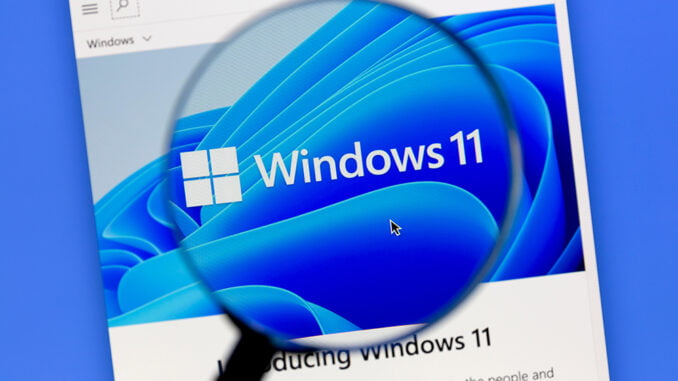
How Much Is Windows 11 in Different Regions?
In the fast-changing world of education, technology plays a crucial role in shaping the learning experience. With the introduction to How much is Windows 11 , educational institutions have to consider new factors regarding budget allocations. This article explores the cost implications of adopting Windows 11 in educational settings and assists institutions in making informed decisions about upgrading their system.
The True Cost of Transitioning to Windows 11
In many schools, the financial commitment involved with upgrading to Windows 11 is significant. Apart from the initial purchase of licenses for software, institutions could have to think about upgrading their hardware. Windows 11 has specific system requirements that might necessitate investments in new computers or upgrade to existing ones. Institutions should conduct a thorough analysis of their current technology infrastructure to evaluate the cost of migration.
Another financial aspect to consider is the possibility of personnel training. Transitioning to a new operating system usually requires staff to become familiar with the new features and functions. This may result in additional costs associated with training programs and other resources. However the costs could be mitigated by leveraging online tutorials and resources provided by Microsoft, which can streamline the learning curve for teachers and IT professionals alike.
Balancing Costs and Enhanced Educational Opportunities
Despite the initial costs, the advantages from Windows 11 for schools are a lot. It offers improved security features, better performance, and an comfortable user interface. These advantages can result in an efficient and productive learning environment. For instance, the improved security features protect sensitive student data from cyber threats, while the intuitive interface allows educators to concentrate on teaching rather than troubleshooting technical issues.
Additionally, Windows 11 supports a broad range of educational tools and programs that can enrich classroom experiences. Through the use of these tools, educators can design exciting lessons that are geared towards diverse learning styles, ultimately increasing the student’s performance. So, even though the initial investment might seem intimidating, the long-term benefits of enhanced educational opportunities can outweigh the costs.
Strategic Planning for Cost-Effective Implementation
To reap the maximum benefits from moving to Windows 11 educational institutions need to adopt a strategic method of the implementation. Conducting a thorough cost-benefit analysis will help to determine the most cost-effective route to take. Certain institutions might opt for an accelerated rollout, beginning with a pilot program in order to assess the impact and address any issues prior to a full-scale deployment.
Furthermore, schools can look into alliances with tech companies and take advantage of discounts for education that are offered by Microsoft to cut costs. By collaborating with other stakeholders and prioritizing budget allocation, schools can make sure that there is the smooth transition from Windows 10 to Windows 11 without compromising their education quality.
In conclusion, while the price of implementing Windows 11 for educational institutions involves various considerations, the potential for improved educational outcomes makes it a worthwhile investment. Through careful planning and strategic budgeting, schools can tap the potential to the full potential of Windows 11 for creating dynamic and secure learning environments that benefit both students and educators.